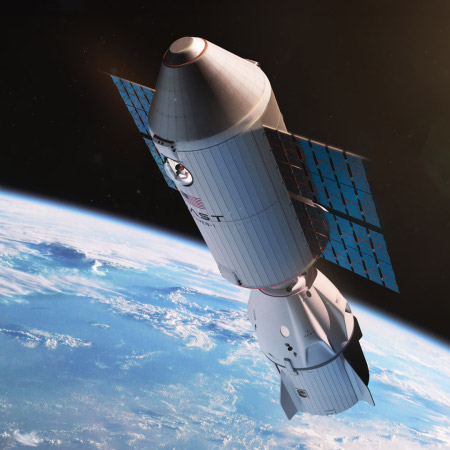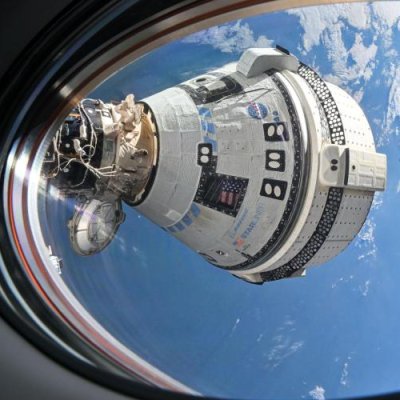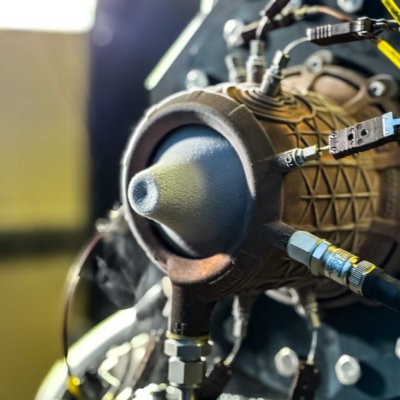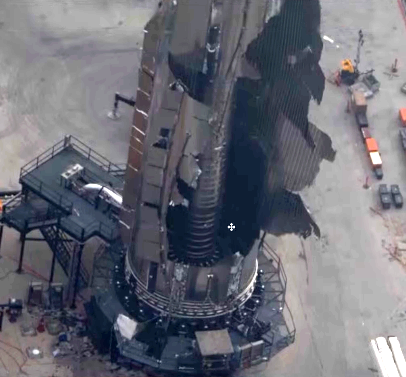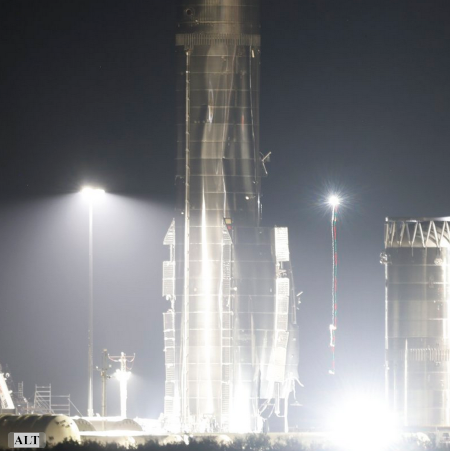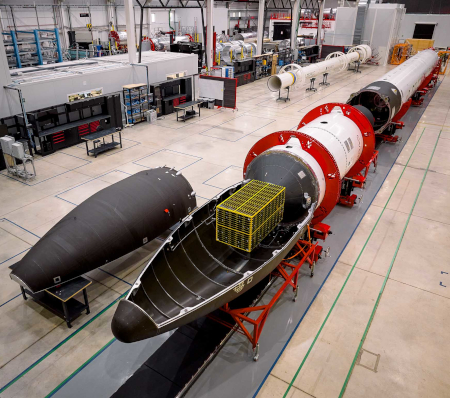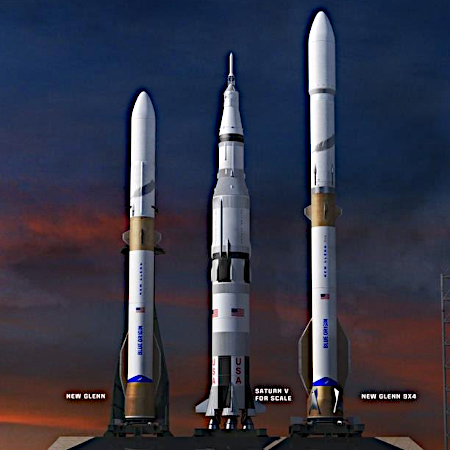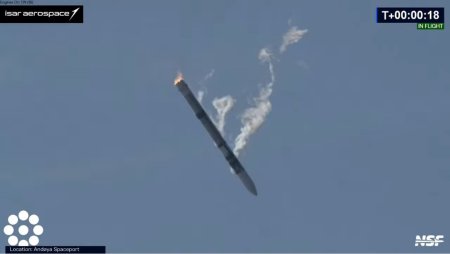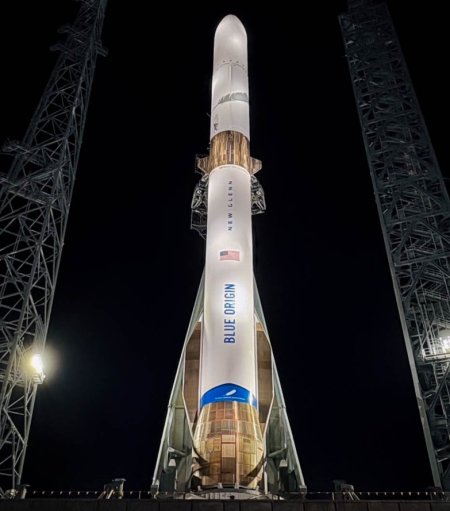Thirty Meter Telescope is finally considering a move to the Canary Islands
The consortium that has been trying to build the Thirty Meter Telescope (TMT) in Hawaii for more than two decades but has been blocked by native Hawaiian DEI activists, announced on November 11, 2025 that it has finally decided to consider seriously the $740 million offer by the Spanish government is to move the telescope to the Canary Islands.
TMT International Observatory LLC (TIO LLC) announced today that in response to the generous offer from the Spanish Ministry of Science, it is exploring a promising avenue for a new observatory based in Spain.
While the Members of TIO LLC continue discussions regarding the TMT site, this represents a prospective opportunity to allow TIO LLC to proceed with the TMT project. For this reason, TIO LLC will jointly develop with the Ministry of Science, Innovation and Universities a detailed roadmap toward the potential realization of the TMT at the Observatorio del Roque de los Muchachos (La Palma, Spain).
TMT was about to start construction in 2015, with a completion date expected by 2020. Instead, its construction was blocked by native Hawaiian leftist activists, aided by the support of the Democrats who control Hawaii’s government. Meanwhile, the astronomers in charge of TMT, being modern DEI-trained academics themselves, were generally unwilling to fight hard for their project. It has thus sat in limbo for a decade. Last year it was hit with a final blow within the U.S. when the National Science Foundation announced it would only fund the Giant Magellan Telescope in Chile, leaving TMT short of funds.
All of this remains the stuff of buggy-whips and horse-drawn carriages. Rather than spend billions on this giant ground-based telescope that will be seriously hampered first by the Earth’s atmosphere and second by the half-dozen-plus satellite constellations presently being launched, astronomers would be far smarter to spend that money on a new bigger replacement for the Hubble Space Telescope.
They aren’t, however, because their careers are grounded (literally) on this obsolete technology, and won’t change.
Meanwhile, the end of TMT in Hawaii signals the long-term end of astronomy in Hawaii. Those leftist activists are now in control, and they are outright hostile — to the point of bigotry — to any Western technology or any non-Hawaiians on their islands. They have been pushing to reduce the telescopes on Mauna Kea on the Big Island, and have had some success. Expect them to push harder to remove more in the coming years.
The consortium that has been trying to build the Thirty Meter Telescope (TMT) in Hawaii for more than two decades but has been blocked by native Hawaiian DEI activists, announced on November 11, 2025 that it has finally decided to consider seriously the $740 million offer by the Spanish government is to move the telescope to the Canary Islands.
TMT International Observatory LLC (TIO LLC) announced today that in response to the generous offer from the Spanish Ministry of Science, it is exploring a promising avenue for a new observatory based in Spain.
While the Members of TIO LLC continue discussions regarding the TMT site, this represents a prospective opportunity to allow TIO LLC to proceed with the TMT project. For this reason, TIO LLC will jointly develop with the Ministry of Science, Innovation and Universities a detailed roadmap toward the potential realization of the TMT at the Observatorio del Roque de los Muchachos (La Palma, Spain).
TMT was about to start construction in 2015, with a completion date expected by 2020. Instead, its construction was blocked by native Hawaiian leftist activists, aided by the support of the Democrats who control Hawaii’s government. Meanwhile, the astronomers in charge of TMT, being modern DEI-trained academics themselves, were generally unwilling to fight hard for their project. It has thus sat in limbo for a decade. Last year it was hit with a final blow within the U.S. when the National Science Foundation announced it would only fund the Giant Magellan Telescope in Chile, leaving TMT short of funds.
All of this remains the stuff of buggy-whips and horse-drawn carriages. Rather than spend billions on this giant ground-based telescope that will be seriously hampered first by the Earth’s atmosphere and second by the half-dozen-plus satellite constellations presently being launched, astronomers would be far smarter to spend that money on a new bigger replacement for the Hubble Space Telescope.
They aren’t, however, because their careers are grounded (literally) on this obsolete technology, and won’t change.
Meanwhile, the end of TMT in Hawaii signals the long-term end of astronomy in Hawaii. Those leftist activists are now in control, and they are outright hostile — to the point of bigotry — to any Western technology or any non-Hawaiians on their islands. They have been pushing to reduce the telescopes on Mauna Kea on the Big Island, and have had some success. Expect them to push harder to remove more in the coming years.

